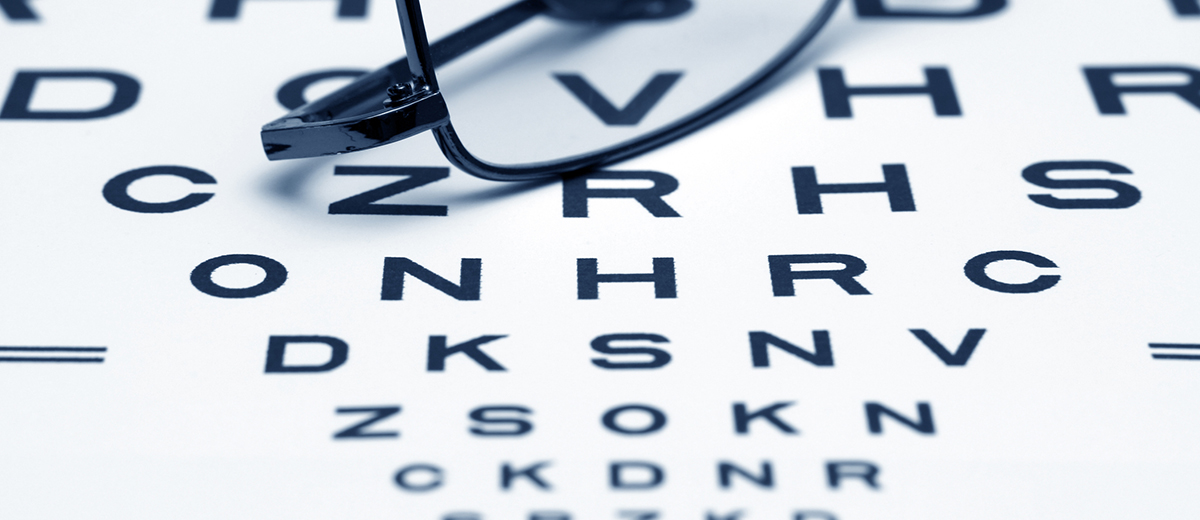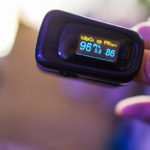When preparing to administer vision screens, you may find yourself confused about the difference between the terms “Snellen” and “Sloan” when choosing between charts.
In the first blog of our Vision Charts 101 series, we want to equip you with the history of vision charts so you can understand the variations among them.
Snellen Explained
A Snellen eye chart is used to measure visual acuity by determining the level of visual detail that a person can discriminate. It was developed by the Dutch ophthalmologist Herman Snellen in 1862.The original Snellen chart consists of 11 lines of block letters, also known as “optotypes,” which are constructed according to strict geometric rules. This is how it works:
- From a distance of 20 feet, a person would read each line of the chart, using only one eye, until they can no longer decipher the letter shapes.
- Each row of letters is assigned a ratio which indicates the visual acuity required to read it.
- Each row also includes a ratio for the lowest line a person can read, which represents the individual’s visual acuity for that eye.
- In the United States, normal vision is defined as 20/20.
The Snellen chart is criticized for several reasons. The Snellen Chart uses Snellen letters, which have “hooks”. This type of font is a serif font. Additionally, there were varying amounts of optotypes on each line. Both of these characteristics contributed to inconsistent acuity measurements. The faults of the Snellen chart design were evident and for many years there were attempts to improve the success rate of visual acuity screening.
Sloan Explained
In 1952, a revision was made to the original Snellen chart when Louise Sloan, PhD introduced 10 optotypes, or letters - C D H K N O R S V Z. These letters have several advantages:
- They do not have serifs.
- They are roughly equal in size.
- They are based on the Landolt “C” Rings, an international gold standard.
- They proved to be more accurate than Snellen Letters.
Today’s improved Snellen eye charts use the Sloan letters and are the charts most commonly used by school nurses. In future Vision Charts 101 blogs, we will discuss the types of vision charts recommended by evidence-based sources, including the National Expert Panel to the National Center for Children's Vision and Eye Health, Prevent Blindness, and Bright Futures.
To shop MacGill’s selection of vision screening products, click here.
Shop MacGill’s selection of illuminated cabinets and Sloan letter charts.





